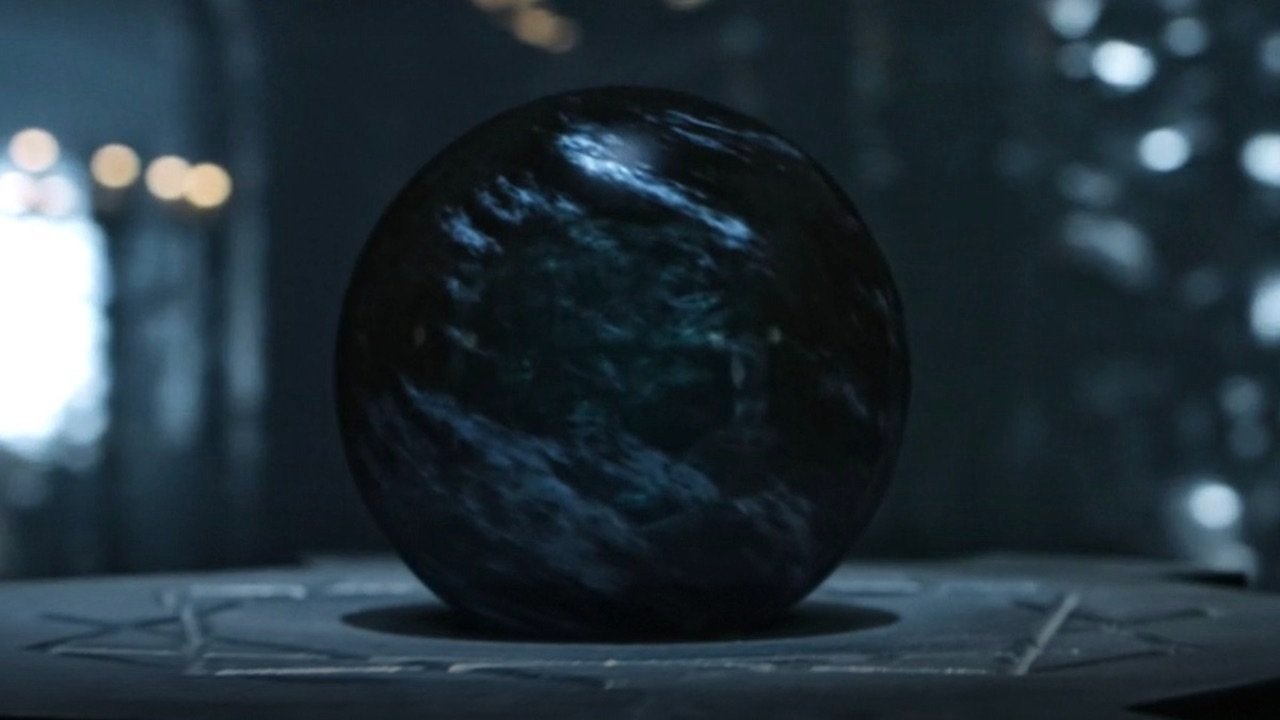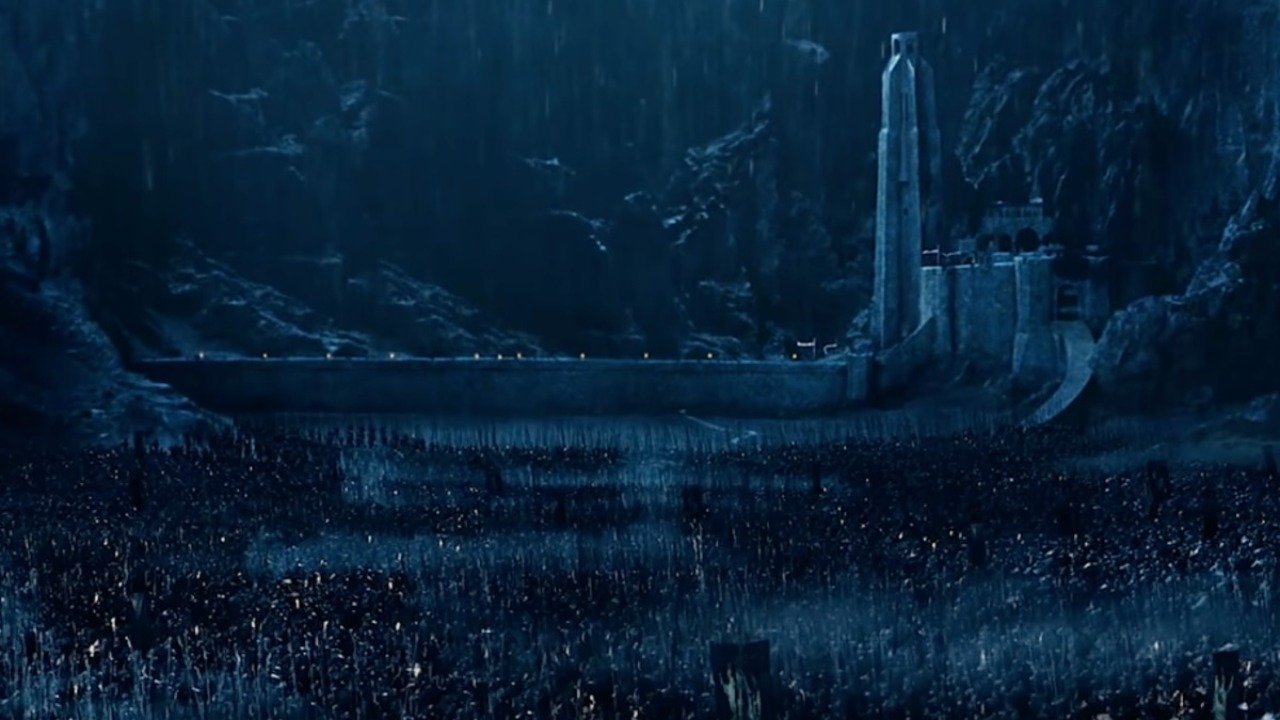What Exactly Are The Palantiri?
Image Source: Nerdist
The Rings of Power continues to present more and more mysteries, from the new, strange three people clad in white robes, to the nature of the blade Theo found. This week, they added another to the list: the palantiri. This isn’t the first time the palantiri have appeared in the filmed Middle-earth. Gandalf finds Saruman using one in The Fellowship of the Ring, and that same one find’s its way into Pippin’s hands in The Return of the King. So what are they?
The short answer is they’re seeing stones. The long answer is a little more involved. It’s not known exactly who made them, but it is understood the Ñoldor made them. Feanor, the great elven craftsman who made the Silmarils, is said to have been the one to have made them. There were seven of them and a “master” palantir. Beyond that, not much is said about them other than they are gifted to the Númenoreans.
RELATED:
Image Source: Business Insider
Except Númenor is destroyed. Isildur and his family foresee the oncoming trouble, and they whisk the palantiri away to Middle-earth, where they were spread out among the realms of men. Why? Because they were like the ancient Middle-earth version of an Echo Show. Isildur had them spread around the different cities and watch towers of the realm. One was placed at Amon Sûl, which became known as Weathertop. Some might remember Weathertop from The Fellowship of the Ring, where Frodo was stabbed by the Witch King. Another was placed in the care of Saruman at Orthanc. And, of course, another was placed in what became known as Minas Tirith in Gondor.
In time, at least five of them became lost, but lost here means beyond reach. One goes to Valinor, and another is captured by Sauron, which is how he was able to corrupt Saruman. The other two are lost in the seemingly endless wars of Middle-earth. They came in different sizes, though most were small enough to be portable. Some were massive, but those were considered the “chief” palantir. The big ones were said to be able to rotate and look in any direction, while the smaller ones had fixed positions and matched with the earth’s poles. All were perfectly spherical and dark, almost black.
Image Source: Nerdist
Communication and sight of the palantiri were only done in visions. No sound. They could be used to see or to communicate, but communication could only be done in visions. When one looked through the palantir, the viewer could see anything in that direction and through anything, though light was needed to see in dark places. It is unknown if they could show future visions, but they could show intended visions. So the fact that Galadriel and Miriel both saw the destruction of Numenor is a little odd.
Control was done through willpower; the stronger the will, the better they could control. Some users used a method called shrouding, which would obscure the details of things in a shadow to protect security. The largest stones, the master ones, could “spy” on the communication of the smaller ones. Therefore, the use of willpower to operate them wears out the user, as was shown with Saruman sitting exhausted after using his to communicate with Sauron and Galadriel after Miriel let her use it.
Image Source: Business Insider
By the Third Age, the ones that remain go into neglect, as when it is revealed that Sauron has captured one, using them becomes too dangerous to use without Sauron being able to intercept and potentially corrupt the user. They don’t seem to serve much of a purpose beyond furthering the plot, in either instance, they’ve been shown, so it is doubtful that they’ll be used much more.
READ NEXT:
Source(s): Tolkien Fandom






